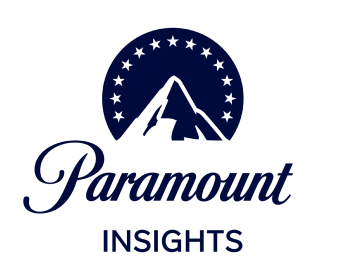The LGBTQ+ Community Will Champion Brands That Portray Them Authentically
The United States population is becoming more LGBTQ+, driven by younger people. According to Gallup, 11 million Americans, or 4.5% of the population, identified as LGBTQ+ in 2017. This was up from 8.3 million and 3.5% in 2012.
Not only is this community growing, they are cultural trailblazers who love to be on the cutting edge of brands and pop culture. They want brands to reach out to them in advertising – but only if they can do so in ways that ring true and feel genuine.
From a recent analysis of best practices for advertising to the LGBTQ+ community, here is some of what we’ve learned about their acceptance in the US and what brands can do (and not do) to develop more effective campaigns.
Support for LGBTQ+ Rights in the US
The LGBTQ+ community is widely accepted in the United States. Eight out of 10 American adults who do not identify as LGBTQ+ support equal rights for the LGBTQ+ community, according to GLAAD’s 2019 Accelerating Acceptance Report.
There is some cause for concern, however. While young people are typically the most ardent supporters of the LGBTQ+ community, their acceptance seems to be weakening. GLAAD also found that only 45% of non-LGBTQ+ Americans aged 18 to 34 said they feel comfortable interacting with LGBTQ+ people – down from 53% in 2017. One possible reason for this decline is the increased exposure of the LGBTQ+ community in a more divisive political climate.
When it comes to their own feelings of acceptance, LGBTQ+ Americans feel more accepted in the region where they live than in the US at large. A 2018 study by Community Marketing & Insights found that 84% of LGBTQ+ people say they live in an LGBTQ+ friendly city or town. In comparison, 70% believe their state fits that description and even fewer (57%) feel the US is an LGBTQ+ friendly country. While many feel the US is not as welcoming as it could be, most are comfortable in the area they call home.
Advertising and Representation
In advertising today, most LGBTQ+ Americans feel the LGBTQ+ community is poorly represented. A ViacomCBS study found that only 41% of LGBTQ+ respondents believe the current state of advertising accurately represents the LGBTQ+ community.
Their main reasons for not feeling represented are that the advertising only happens during Pride or Pride-related times (53%), it seems forced (47%), it’s too stereotypical (47%), it doesn’t seem authentic (45%), and there just isn’t enough representation (40%).
When brands get it right, however, the LGBTQ+ community champions them. The opportunity for brands is clear. Most LGBTQ+ respondents say they support companies that market to the LGBTQ+ community (78%) and give more of their business to companies that support LGBTQ+ equality (76%), according to a 2018 survey by Community Marketing & Insights.
Interviews that ViacomCBS has conducted confirm these sentiments. “It’s the subtle inclusion that really makes advertising feel believable, not the big, ‘look at me’ stuff,” said a 25-year-old female who identifies as bisexual. And in the words of a 22-year-old queer female, “The best way to represent the LGBT community is to be real about it. Don’t force the community only on Pride. It should be normalized and celebrated every day.”

